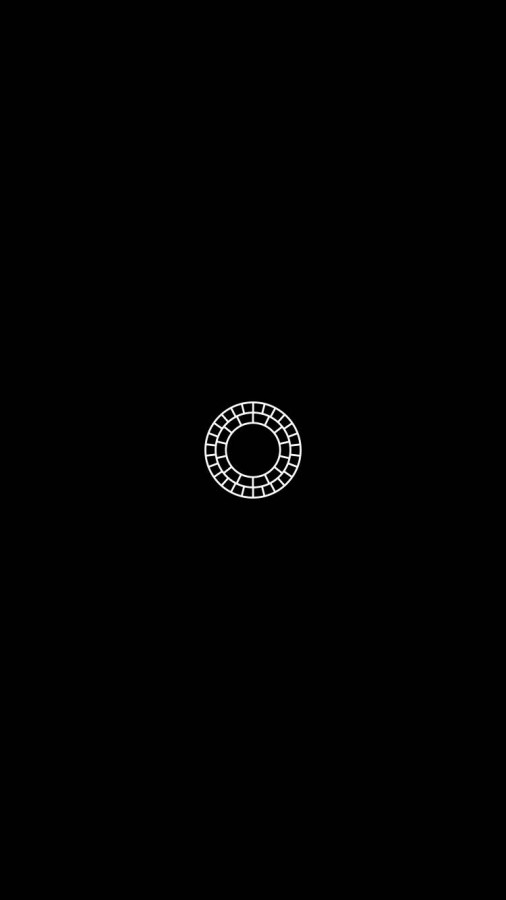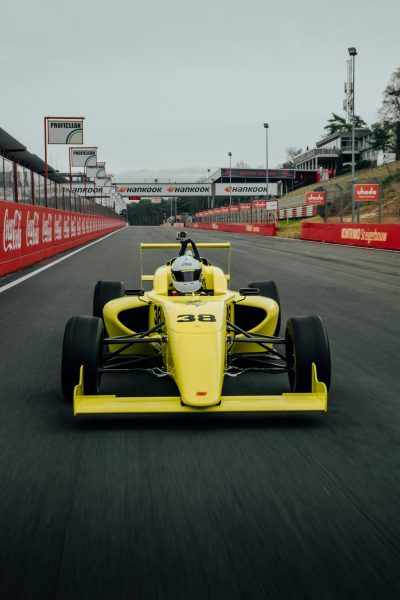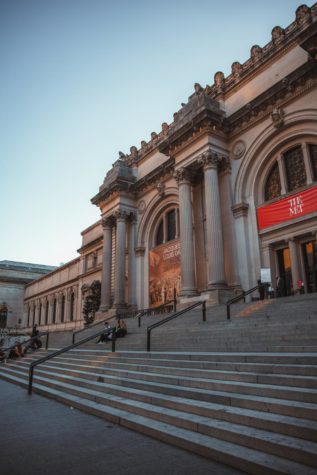The Rise of VSCO
April 7, 2016
Everyone has seen them at least once: those ubiquitous “vsco.co” links that can so often be found on the bottom line of an Instagram bio or Twitter profile. They’re enticing, mysterious, and seem like they’re missing a vowel somewhere in there– so what are they?
As you might imagine, these links are profiles for an app called VSCO (short for Visual Supply Company, pronounced vis-co). Available for both iPhone and Android, it’s a free app made up of filters, editing tools, and its own built-in social network for sharing photos. The options that VSCO presents are bounds over free alternatives like Instagram and rival the quality of paid photo-editing apps like Afterlight or Enlight.
As a frequent user of the app, I can vouch for its popularity and ease-of-use; I’ve even spent an embarrassing amount of money purchasing extra filters through their in-app purchase system. However, the rise in cross-promotion of VSCO on Instagram has showcased a whole new stage of millennial-ism on which I’ve yet to jump aboard– using one form of social media to promote the other.
“I think there’s a difference between Instagram photos and VSCO photos,” remarked junior Julia Hoffmann on the matter. “On Instagram you put up certain pictures that you want to show to everyone; it’s a version of your life that you want your followers to think is real.” Senior Joyce Chin had much of the same to say about it: she referred to her VSCO profile as a more accurate “snippet into [her] life,” where she had the freedom to express herself.
Speaking with both of them revealed a common thread in VSCO usage. Its purpose is not to replace Instagram; in fact, it has carved itself a niche that capitalizes on the tendency of social media to reflect the best facets of ourselves. Instead of hiding imperfections and curating experiences, VSCO inspires users to believe in authenticity. Both Hoffmann and Chin agreed that their VSCOs removed the pressure of comments, likes, and followers from their photos. They also did not follow anyone on their VSCO accounts– for both, it served only as a creative outlet for personal expression. “Sometimes you like a picture, but you don’t want everyone you know to see it,” explained Hoffmann. “That’s when VSCO works better, because people have to go out of their way to see it.”
Though there’s something unsettling in the emphasis that we as a community place on social media, for now VSCO provides a temporary and paradoxical escape in a judgment-free zone. So if you see a VSCO link on someone’s profile, know that it is not merely a replica of their Instagram promoted in hopes of gaining more followers. In fact, it may be well worth your time to give it an inquisitive click– you may find out that they are not who they appear to be on first glance.













